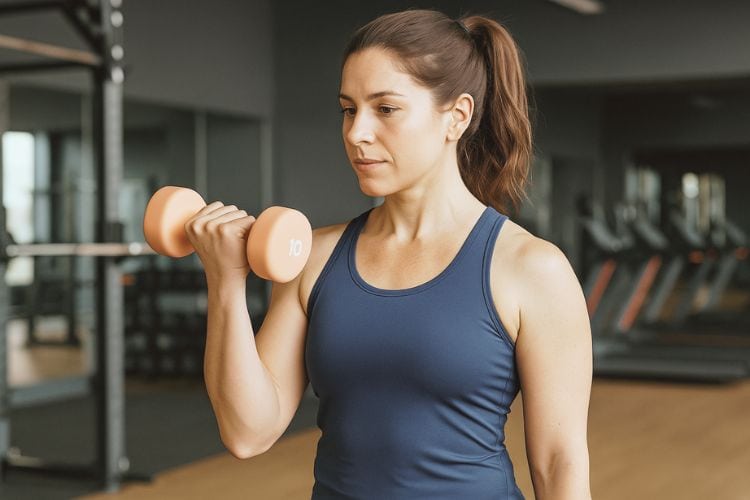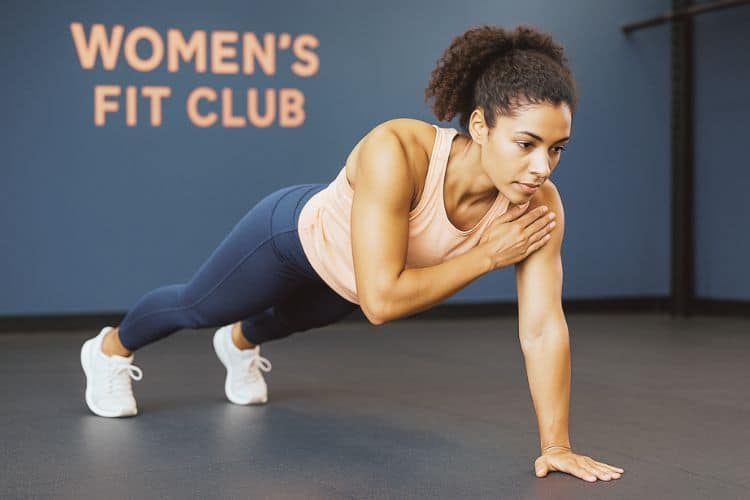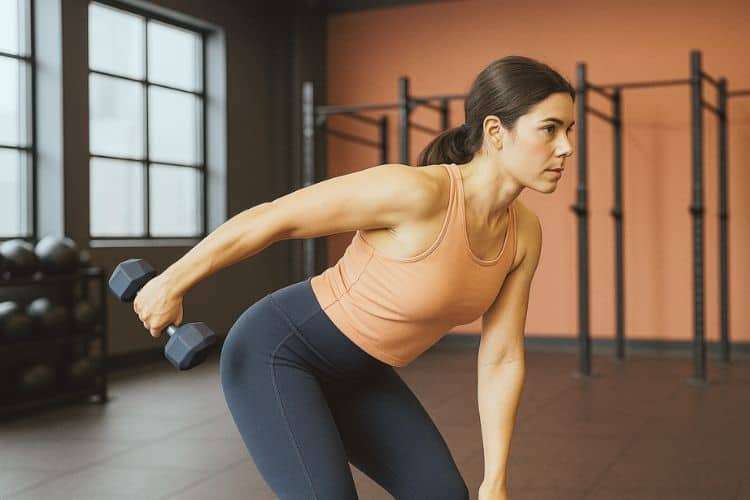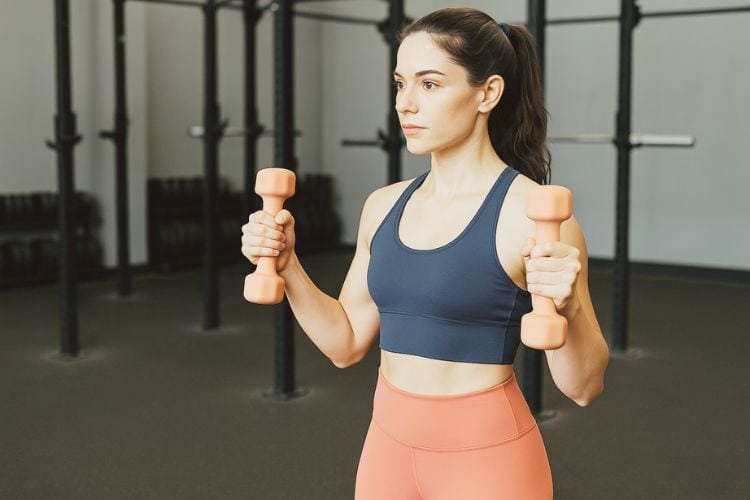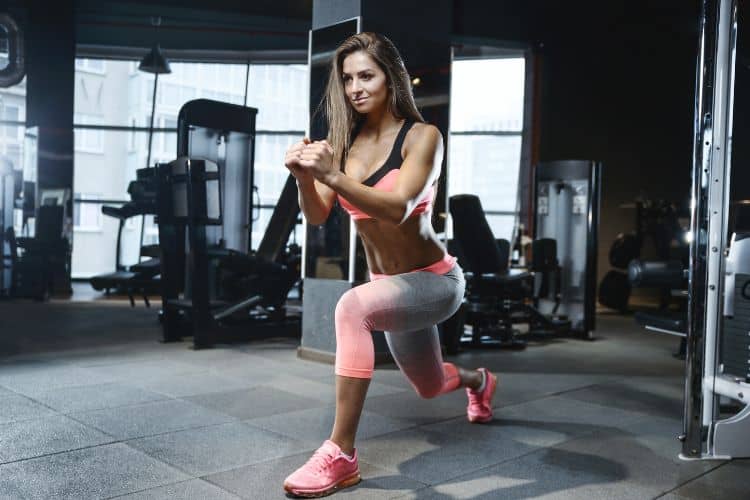The Ultimate 30 Minute Bodyweight HIIT Workout for Fast Results
If you’re looking for a workout that torches calories, builds lean muscle, and requires no equipment, a 30-minute bodyweight HIIT workout is your answer. High-Intensity Interval Training (HIIT) has become one of the most popular fitness styles because it’s efficient, effective, and adaptable for all fitness levels. In just half an hour, you can push your heart rate into the fat-burning zone, strengthen your muscles, and boost endurance—all without stepping into a gym.
In this article, we’ll cover everything you need to know about a 30-minute bodyweight HIIT routine: the benefits, structure, warm-up, exercise breakdown, cool-down, and tips for success.
30 Minute Bodyweight HIIT Workout You Can Do Anywhere
The Basics of High-Intensity Interval Training
HIIT stands for High-Intensity Interval Training, a style of exercise where you alternate between short bursts of maximum effort and brief periods of active rest or recovery. The goal is to push your body into an anaerobic state during work intervals, followed by quick recovery phases to prepare for the next round.
This training method has been scientifically proven to:
- Burn more calories in less time
- Improve cardiovascular health
- Increase metabolism and post-exercise calorie burn (EPOC effect)
- Build muscular endurance and strength
Why Choose a 30 Minute Bodyweight HIIT Workout
While many HIIT workouts include dumbbells, kettlebells, or barbells, bodyweight-only HIIT is perfect for those who:
- Prefer training at home
- Want a travel-friendly workout
- Don’t have access to equipment
- Need a quick and effective fat-burning session
Benefits of a 30-Minute Bodyweight HIIT Workout
1. Maximum Calorie Burn in Minimal Time
Traditional cardio like jogging requires long durations to achieve significant calorie burn. HIIT, however, achieves similar—or better—results in a shorter timeframe by elevating heart rate quickly and keeping it high.
2. No Equipment, No Excuses
Since this workout uses only your bodyweight, it removes barriers like needing machines or gym access. Whether you’re in your living room, hotel room, or backyard, you can perform this workout with ease.
3. Builds Strength & Endurance Together
Unlike steady-state cardio, HIIT challenges both your cardiovascular system and muscular strength. Bodyweight moves such as squats, push-ups, and burpees recruit multiple muscle groups, giving you a full-body workout.
4. Boosts Metabolism After 30 Minute Bodyweight HIIT Workout
HIIT triggers the afterburn effect (Excess Post-Exercise Oxygen Consumption, or EPOC), meaning your body continues to burn calories long after your workout has ended.
5. Adaptable for Any Fitness Level
Beginners can modify exercises (e.g., knee push-ups instead of standard push-ups), while advanced athletes can increase intensity by adding plyometrics or extending intervals.
How to Structure a 30-Minute Bodyweight HIIT Workout
A successful 30-minute HIIT routine should follow a structure that keeps your intensity high but manageable. Here’s the recommended breakdown:
- Warm-up: 5 minutes
- Main HIIT circuit: 20 minutes (work/rest intervals)
- Cool-down & stretch: 5 minutes
For the main workout, use a 40/20 interval format:
- 40 seconds of high-intensity work
- 20 seconds of rest
- Complete 5 exercises per round, repeat for 4 rounds (20 minutes total).
Warm-Up (5 Minutes)
A proper warm-up preps your muscles and joints while raising your heart rate gradually. Perform each movement for 30–60 seconds:
- Jumping Jacks
- Arm Circles
- High Knees (moderate pace)
- Bodyweight Squats
- Hip Openers
The 30-Minute Bodyweight HIIT Workout
Here’s a complete full-body HIIT circuit you can do anywhere:
Round 1 – Lower Body Focus
- Squat Jumps (40s work / 20s rest)
Explosive squats that build power in glutes, hamstrings, and quads.
- Reverse Lunges (40s / 20s)
Alternate legs to strengthen balance and stability.
- Lateral Skater Jumps (40s / 20s)
Mimics speed skater movement, targeting legs and improving agility.
- Wall Sit with Pulses (40s / 20s)
Isometric hold that builds endurance in lower body.
- Burpees (40s / 20s)
Full-body calorie blaster combining push-ups, squats, and jumps.
2 – Upper Body Focus 30 Minute Bodyweight HIIT Workout
- Push-Ups (40s / 20s)
Works chest, shoulders, triceps, and core. Modify with knees if needed.
- Tricep Dips on Floor (40s / 20s)
Targets arms and shoulders using only bodyweight.
- Plank Shoulder Taps (40s / 20s)
Core stability exercise that engages shoulders and arms.
- Dive Bomber Push-Ups (40s / 20s)
Advanced push-up variation that hits chest, triceps, and shoulders.
- Mountain Climbers (40s / 20s)
Explosive cardio move engaging shoulders, chest, and core.
3 – Core & Cardio Focus
- Plank to Knee Drive (40s / 20s)
Strengthens abs, obliques, and hip flexors.
- Bicycle Crunches (40s / 20s)
Engages obliques and improves rotational strength.
- Flutter Kicks (40s / 20s)
Targets lower abs while building endurance.
- Russian Twists (40s / 20s)
Core-strengthening rotational move.
- High Knees Sprint (40s / 20s)
Cardio-intensive move raising heart rate quickly.
4 – Full-Body Finisher 30 Minute Bodyweight HIIT Workout
- Burpee to Jump Tuck (40s / 20s)
Extreme calorie-burning combo for strength and cardio.
- Squat Thrusts (40s / 20s)
Modified burpee without jump, targeting core and legs.
- Push-Up to Side Plank (40s / 20s)
Strengthens upper body and obliques.
- Jump Lunges (40s / 20s)
Plyometric move to build explosive lower-body power.
- Sprint in Place (40s / 20s)
Maximum intensity cardio to finish strong.
Cool-Down & Stretch (5 Minutes)
Cooling down lowers heart rate gradually and prevents stiffness. Hold each stretch for 20–30 seconds:
- Forward Fold Stretch (hamstrings)
- Quad Stretch
- Seated Butterfly Stretch
- Shoulder Cross Stretch
- Child’s Pose (spinal relaxation)
Tips for Success in 30 Minute Bodyweight HIIT Workout
- Maintain Good Form – Prioritize technique over speed to prevent injury.
- Push Intensity – During the 40-second work intervals, give close to maximum effort.
- Hydrate Properly – Drink water before and after training.
- Progress Gradually – Increase intervals or reduce rest as fitness improves.
- Track Performance – Use a timer app and record rounds completed to measure progress.
Who Should Do This 30 Minute Bodyweight HIIT Workout
This 30-minute bodyweight HIIT workout is suitable for:
- Beginners (with modifications)
- Intermediate exercisers
- Advanced athletes looking for quick fat-burning routines
- Busy professionals seeking efficient workouts
- Travelers without gym access
Weekly 30 Minute Bodyweight HIIT Workout Schedule Example
For best results, incorporate this workout 3–4 times per week with recovery days in between. Example:
- Monday: 30-Minute Bodyweight HIIT
- Tuesday: Rest or light activity (yoga, walking)
- Wednesday: Bodyweight HIIT
- Thursday: Strength training or core focus
- Friday: Bodyweight HIIT
- Saturday: Active recovery (swimming, cycling, mobility work)
- Sunday: Rest
A 30-minute bodyweight HIIT workout is one of the most efficient ways to burn fat, improve cardiovascular health, and build lean muscle. The best part? You need zero equipment, just determination and consistency. Whether you’re at home, in a park, or on vacation, this workout delivers results anywhere.
If you’re ready to transform your body and fitness level, start incorporating this routine today. Stick with it, push hard, and you’ll notice increased endurance, strength, and fat loss in just a few weeks.
Want more workout and video guide?
Follow us on Pinterest, Facebook, and Subscribe to our Newsletter and Stay tuned for FREE downloads of our App coming soon!
Most Recommended

